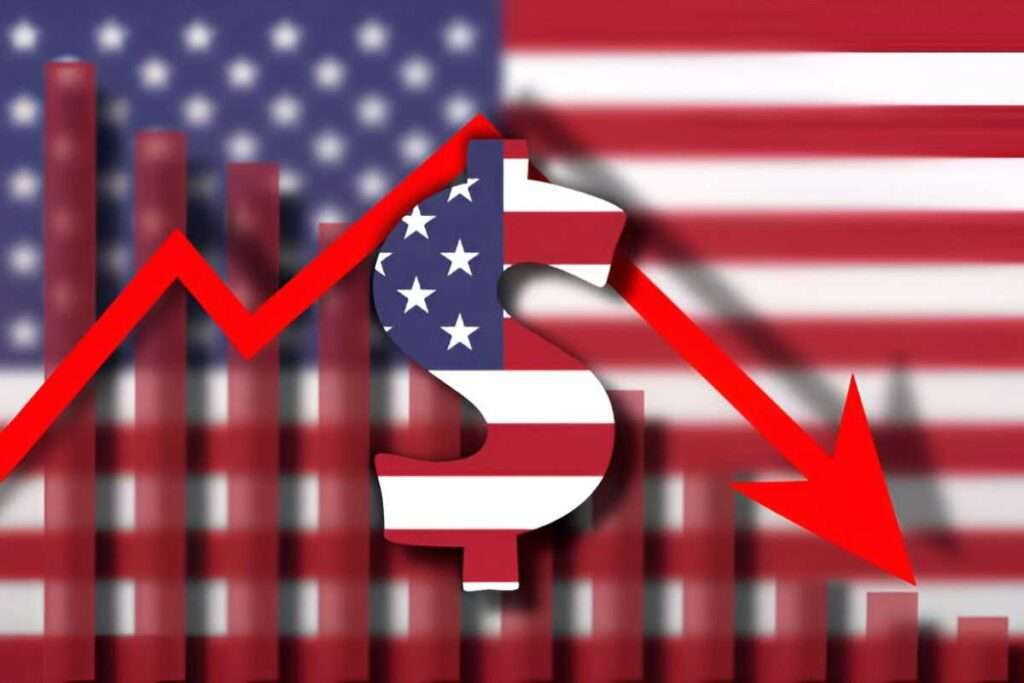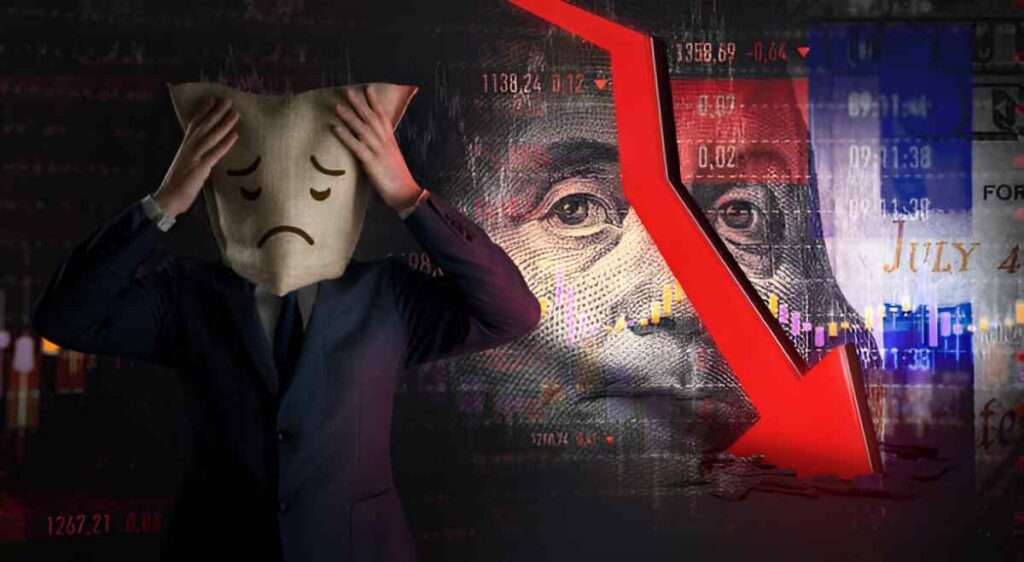Introduction
The equity premium puzzle (EPP) is one of the most perplexing issues in finance and economics. It refers to the observation that historically, stocks have significantly outperformed bonds in the United States, despite the level of risk not justifying such a substantial premium. This discrepancy challenges traditional financial models and rational investor behavior. In this article, I will explore the origins, implications, and possible explanations of the equity premium puzzle, using data, illustrations, and mathematical calculations to provide a comprehensive analysis.
Table of Contents
Understanding the Equity Premium
The equity premium is the difference between the expected return on stocks and the risk-free rate (typically represented by government bonds). Mathematically, it can be expressed as:
E(R_e) - R_fwhere:
- E(R_e) is the expected return on equities.
- R_f is the risk-free rate (often based on US Treasury bonds).
Historically, the US equity premium has averaged around 6% per year over the past century. This is far higher than what standard economic models predict. If investors were risk-averse but rational, they would not demand such a high premium for holding equities. This discrepancy is what constitutes the equity premium puzzle.
The Historical Context
To understand the scale of the equity premium puzzle, let’s examine historical returns on stocks and bonds in the US from 1928 to the present.
| Period | Average Annual Stock Return | Average Annual Bond Return | Equity Premium |
|---|---|---|---|
| 1928-2023 | 10.2% | 4.1% | 6.1% |
| 1950-2023 | 11.5% | 5.2% | 6.3% |
| 1980-2023 | 12.1% | 4.5% | 7.6% |
The equity premium has remained persistently high, which contradicts standard financial theories such as the consumption-based capital asset pricing model (CCAPM). According to CCAPM, the risk premium should be much lower given reasonable levels of risk aversion.
Why is This a Puzzle?
Neoclassical financial models suggest that rational investors should allocate their portfolios based on risk and return trade-offs. If stocks are riskier than bonds, investors should require a risk premium, but the magnitude of this premium should align with the degree of risk aversion. However, when we apply the standard utility function:
U(C) = \frac{C^{1 - \gamma}}{1 - \gamma}where CC is consumption and γ\gamma is the coefficient of relative risk aversion, we encounter a problem. The observed equity premium implies an extremely high level of risk aversion—far beyond what seems reasonable.
A Simple Example
Assume the following:
- R_f = 4\%
E(R_e) = 10\% - Consumption growth rate gg is 2%
For the equity premium to be 6%, the risk aversion parameter γ\gamma must be around 30. However, empirical studies suggest reasonable risk aversion values range from 1 to 10. A value of 30 implies that investors would be irrationally averse to small risks, contradicting observed behavior.
Potential Explanations for the Puzzle
Several theories attempt to explain the equity premium puzzle. Below are some of the most prominent explanations.
1. Behavioral Finance Approach
Behavioral economists suggest that cognitive biases may explain the puzzle. Investors may overweight rare catastrophic events, leading to excessive demand for safe assets. This phenomenon, called “loss aversion,” implies that investors fear stock market downturns disproportionately compared to potential gains.
2. Incomplete Markets
Traditional models assume that all investors can borrow and lend freely. In reality, borrowing constraints and market frictions limit access to equity markets. If only a fraction of investors participate in the stock market, the risk premium would appear higher than expected.
3. Survivorship Bias
US financial markets have outperformed global markets. However, if we consider other countries, equity returns might not be as high. Investors may perceive higher risk than historical US data suggests, leading to higher required returns.
4. Disaster Risk Hypothesis
Barro (2006) proposed that investors consider low-probability, high-impact economic disasters, which standard models fail to incorporate. If investors price in the possibility of another Great Depression, they may demand a higher equity premium than traditional models predict.
5. Rare Events and Fat-Tailed Distributions
Empirical evidence suggests that stock returns do not follow a normal distribution. Instead, they exhibit “fat tails,” meaning that extreme market moves happen more frequently than expected under normality assumptions. Investors may demand a higher premium to compensate for these risks.
Mathematical Refinements to the Puzzle
One of the most cited solutions to the equity premium puzzle comes from Epstein-Zin preferences, which separate risk aversion from intertemporal elasticity of substitution (IES). The Epstein-Zin utility function takes the form:
U_t = \left( (1-\beta)C_t^{1-\gamma} + \beta \left( E_t[U_{t+1}^{1-\gamma}] \right)^{\frac{1}{1-\gamma}} \right)where β\beta is the discount factor. This model allows for more flexibility in explaining high equity premia without requiring unrealistically high risk aversion.
Implications for Investors and Policymakers
The equity premium puzzle has real-world implications:
- For Investors: It suggests that equities are historically undervalued relative to bonds, reinforcing the “stocks for the long run” argument.
- For Policymakers: Understanding the puzzle can improve financial regulations, retirement planning policies, and social security investment strategies.
- For Economic Modeling: It challenges conventional asset pricing theories, urging economists to refine risk and return models.
Conclusion
The equity premium puzzle remains one of the most intriguing anomalies in finance. Despite various theories, no single explanation fully resolves the issue. Market frictions, investor psychology, and rare disaster risks all contribute to the premium. Future research may uncover deeper insights, but for now, investors should recognize that stocks have historically provided superior returns relative to their perceived risk. This anomaly is likely to persist, influencing both market behavior and financial theory.





